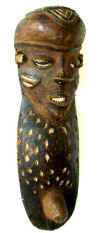 |
 |
 |
||
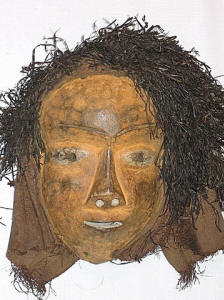 |
||||
 |
 |
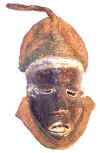 |
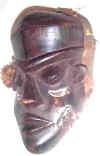 |
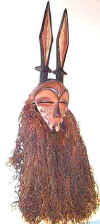 |
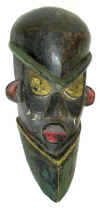 |
 |
 |
 |
 |
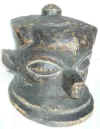 |
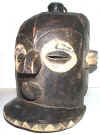 |
|||
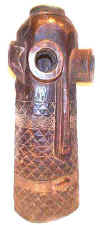 |
 |
 |
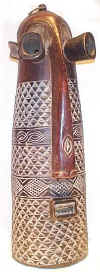 |
 |
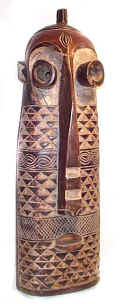 |
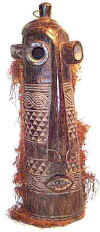 |
 |
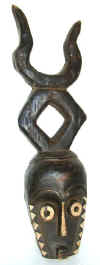 |
 |
 |
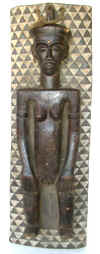 |
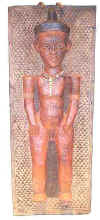 |
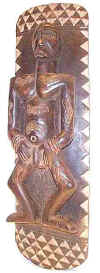 |
 |
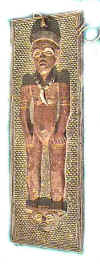 |
 |
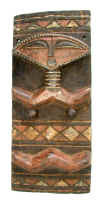 |
 |
|
TRIBAL AFRICAN ART
PENDE (BAPENDE, PHENBE, PINDI, PINJI)
Democratic Republic of the Congo
The
250,000 to 500,000 Pende people settled in the region near the Loango and Kasai Rivers.
They are governed by a central authority, but pay allegiance to family chiefs, known as Djigo. The tribe members are divided into numerous territorial groups,
the two most important being in Kwilu and Kasai.
The Pende
political system is mainly controlled by lineage and marriage. There is no recognized
central political power, and the chiefs that do exist do not exercise significant
authority. The extended family seems to serve the needs of social control within
individual communities. The Pende are a matrilineal people, and the eldest maternal uncle
in a family is usually recognized as heading the lineage, a position that entails ensuring
the well-being of the family and taking care of the ancestors.
The Pende
are mainly farmers who produce millet, maize, plantain, and peanuts. The women do the
majority of the farm work and are wholly responsible for selling goods in the community
markets. The men help with the clearing of the fields and also contribute to the diet with
occasional hunting and fishing in the numerous local rivers.
The ancestors (mvumbi)
are placated through various rituals and offerings. The family head is responsible for
taking care of the shrines and appeasing the spirits. The Pende recognize that spirits may
be either good or bad, depending on the manner in which they died. Also, when ancestors
are neglected they will cause bad things to happen to the family. The result may be
sickness or hardship, both of which require a visit to the local diviner to determine the
best way to appease the spirits.
Blacksmiths
enjoyed enormous prestige, vestiges of which are still alive today. Blacksmiths and chiefs
are considered of equivalent social status. When one or the other visits a village, his
arrival must be honored by a day of rest for the entire population. Even though the
society is matrilinear, the sculptor’s profession is transmitted from father to son.
The ancestors are honored most especially during the masked celebration held in
sanctuaries in the chiefs’ huts or on the edge of the forest. A statue of the
chief’s wife sometimes stands atop the roof; it symbolizes fertility and emphasizes
the importance of women.
Pende
masks are among the most dramatic works of all African art.
All told, about twenty characters and seven “masks of power”
appear in ceremonies such as millet-planting celebration or circumcision and initiation
ritual, and the ritual of enthronement of a chief. There are two styles: the western one
of the Kwilu with its mbuya mask characterized by a somber, gloomy expression, and
the Kasai style that is more geometric and colorful. The Kwilu Pende are especially well
known for their masks that were originally used for circumcision ceremonies but later
became accessories for a type of popular theater. Neck pendants carved by the Kwilu Pende
as tiny replicas of masks must be placed among the most exquisite examples of African
micro-sculpture. Generally made of ivory, but sometimes of wood, bone, metal, these
pendants serve as protective amulets. Kasai masks are decorated with red and black
triangles on a sienna background. The minganji, or masks of power, represent the
ancestors; the mbuya, or village masks, represent human types, such as the chief,
the diviner, the epileptic with a twisted mouth, the madman or man in a trance, the widow,
the lover, or the executioner.
Among the major works of eastern (Kasai) Pende are fairly large sculptures intended either to glorify the chief's house or to serve as protective doorposts. The Pende also make ritual or practical objects, such as chairs, stools, commanders' stuffs, flutes, horns, whistles, drums, weapon, adzes, cups, mortars, and divination instruments.